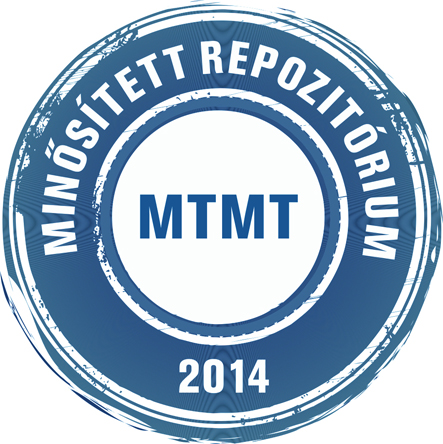Máté Ágnes: Aeneas barátai a régi magyar irodalomban : Vergilius nem-ismeret és/vagy tabusítás? In: Antikvitás és reneszánsz 2. pp. 153-165. (2018)
Előnézet |
Cikk, tanulmány, mű
antikvitas_es_reneszansz_002_153-165.pdf Letöltés (384kB) | Előnézet |
Absztrakt (kivonat)
In this paper I discuss the appearance of four figures (Euryalus, Nisus, Achates and Palinurus) taken from Virgil’s Aeneid in old Hungarian poetry (16‒18th centuries). I list all places these minor heroes are mentioned in the corpus represented by Régi Magyar Költők Tára series. I argue that the four heroes’ limited appearance in old Hungarian poetry was due to two factors: metaphorical usage of their figures and tabooization of homosexuality. Moreover, all the places in whom a figure called Eurialus is mentioned in the old Hungarian corpus, allude to the male protagonist of Eneas Silvius Piccolomini’s love story, the Historia de duobus amantibus and to its early translation in Hungarian. In old Hungarian literature Eurialus denoted a heterosexual male hero rather than an eromenos of Greek love tradition.
| Mű típusa: | Cikk, tanulmány, mű |
|---|---|
| Befoglaló folyóirat/kiadvány címe: | Antikvitás és reneszánsz |
| Dátum: | 2018 |
| Szám: | 2 |
| ISSN: | 2560-2659 |
| Oldalak: | pp. 153-165 |
| Nyelv: | magyar , angol |
| Befoglaló mű URL: | http://acta.bibl.u-szeged.hu/61864/ |
| Kulcsszavak: | Latin irodalom - költészet, Magyar irodalom - költészet |
| Megjegyzések: | Bibliogr. : p. 164-165. és a lábjegyzetekben ; összefoglalás angol nyelven |
| Szakterület: | 06. Bölcsészettudományok 06. Bölcsészettudományok > 06.02. Nyelvek és irodalom |
| Feltöltés dátuma: | 2019. jún. 26. 07:46 |
| Utolsó módosítás: | 2024. ápr. 18. 14:15 |
| URI: | http://acta.bibl.u-szeged.hu/id/eprint/61886 |
 |
Tétel nézet |



